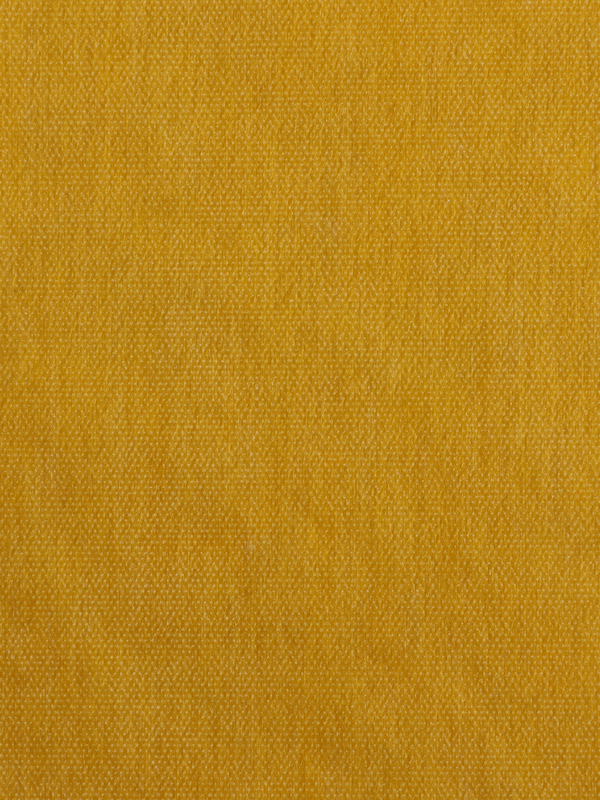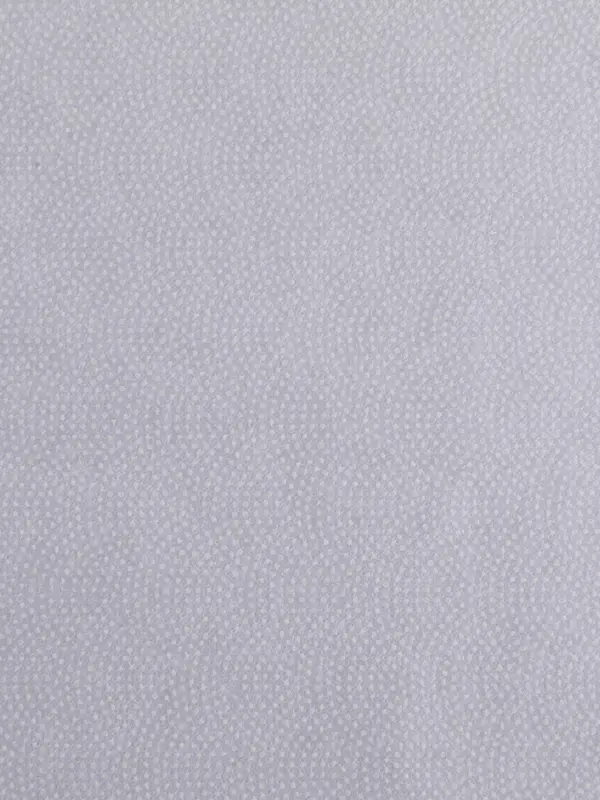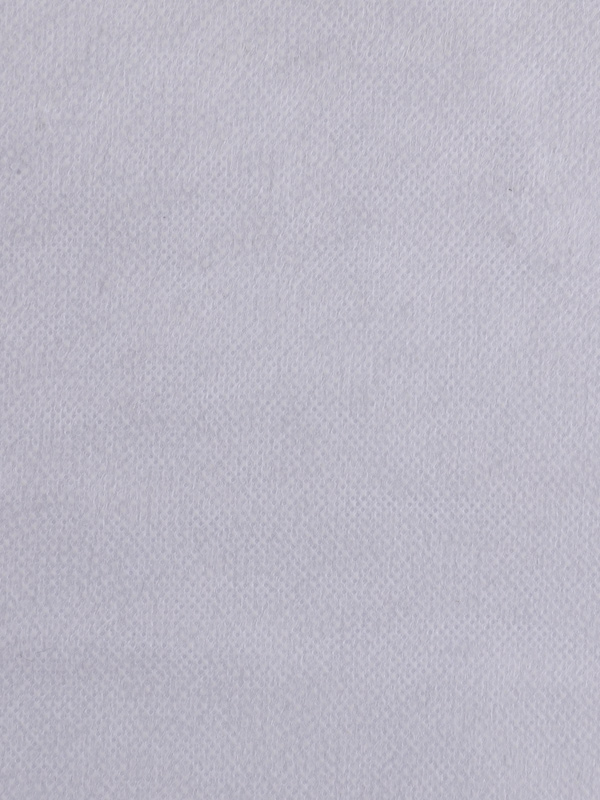In the world of textiles, interlining plays a vital role in enhancing the performance, structure, and appearance of garments. One type of interlining that has gained significant popularity is non-woven fusible interlining. It is a versatile textile component that offers numerous advantages in terms of convenience, durability, and aesthetic appeal.

Understanding Non-Woven Fusible Interlining:
Non-woven fusible interlining is a specialized textile material made from synthetic fibers such as polyester or polyamide. Unlike traditional woven interlining, it is manufactured by bonding or fusing fibers together rather than weaving them. This process results in a fabric-like structure that is lightweight, flexible, and dimensionally stable.
The fusion of fibers is achieved through the application of heat and pressure, which activates a heat-sensitive adhesive on one side of the interlining. This adhesive, typically made from a thermoplastic material, allows the interlining to adhere to the fabric it is being bonded with. The adhesive layer is activated when exposed to heat during the garment manufacturing process, creating a permanent bond between the interlining and the fabric.
Applications of Non-Woven Fusible Interlining:
Non-woven fusible interlining finds extensive application in various areas of garment production. It is commonly used in the following ways:
Reinforcement: Interlining is often used to reinforce specific areas of a garment, such as collars, cuffs, waistbands, and pocket flaps. The fusible nature of non-woven interlining ensures that it bonds seamlessly with the fabric, providing added strength and stability.
Shape Retention: Garments made from lightweight or stretchy fabrics often require additional support to maintain their desired shape. Non-woven fusible interlining can be used to stabilize and prevent fabric distortion, resulting in a more structured and professional finish.
Heat Resistance: Non-woven fusible interlining can provide heat resistance to garments that may come into contact with hot surfaces or require ironing at higher temperatures. This property ensures that the interlined areas remain intact and do not separate or shift during pressing.
Benefits of Non-Woven Fusible Interlining:
Convenience: The fusible nature of this interlining eliminates the need for time-consuming stitching or sewing. It can be easily applied to the desired fabric by simply ironing it on, saving both time and effort during garment construction.
Enhanced Durability: The bond created between non-woven fusible interlining and the fabric is permanent and highly resistant to washing, dry cleaning, and normal wear and tear. This enhances the durability and longevity of the garment, allowing it to maintain its shape and appearance over time.
Aesthetic Appeal: Non-woven fusible interlining enhances the overall look of garments by providing a smoother, more professional finish. It minimizes fabric wrinkling, prevents seam puckering, and improves the drape and structure of the garment, resulting in a polished and well-fitted appearance.
Non-woven fusible interlining is a valuable textile component that offers convenience, durability, and aesthetic benefits in garment production. Its ability to bond seamlessly with fabrics, provide shape retention, and withstand washing and ironing make it a preferred choice among fashion designers and manufacturers. With its versatile applications and practical advantages, non-woven fusible interlining continues to play a crucial role in elevating the quality and performance of garments in the textile industry.










